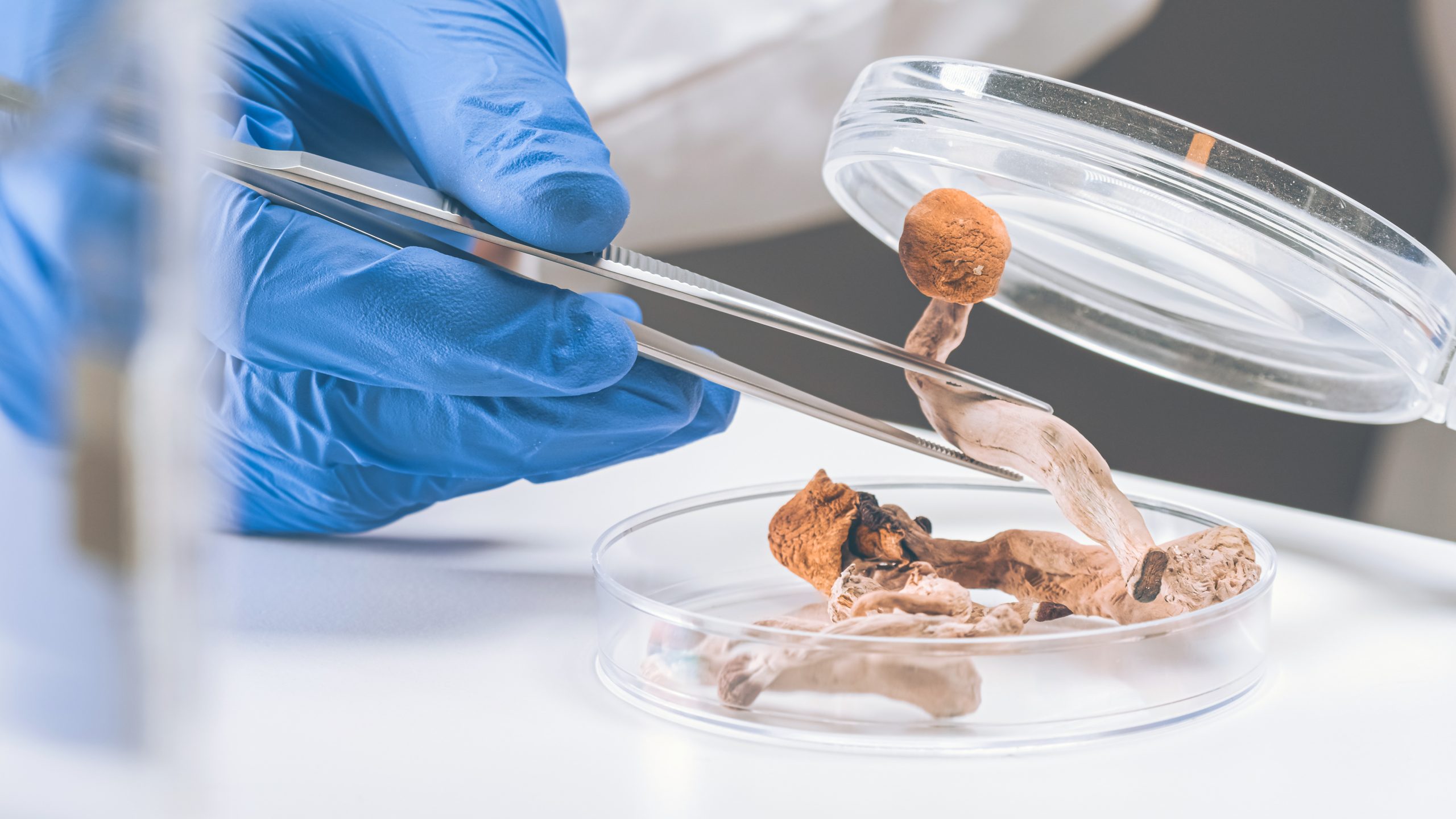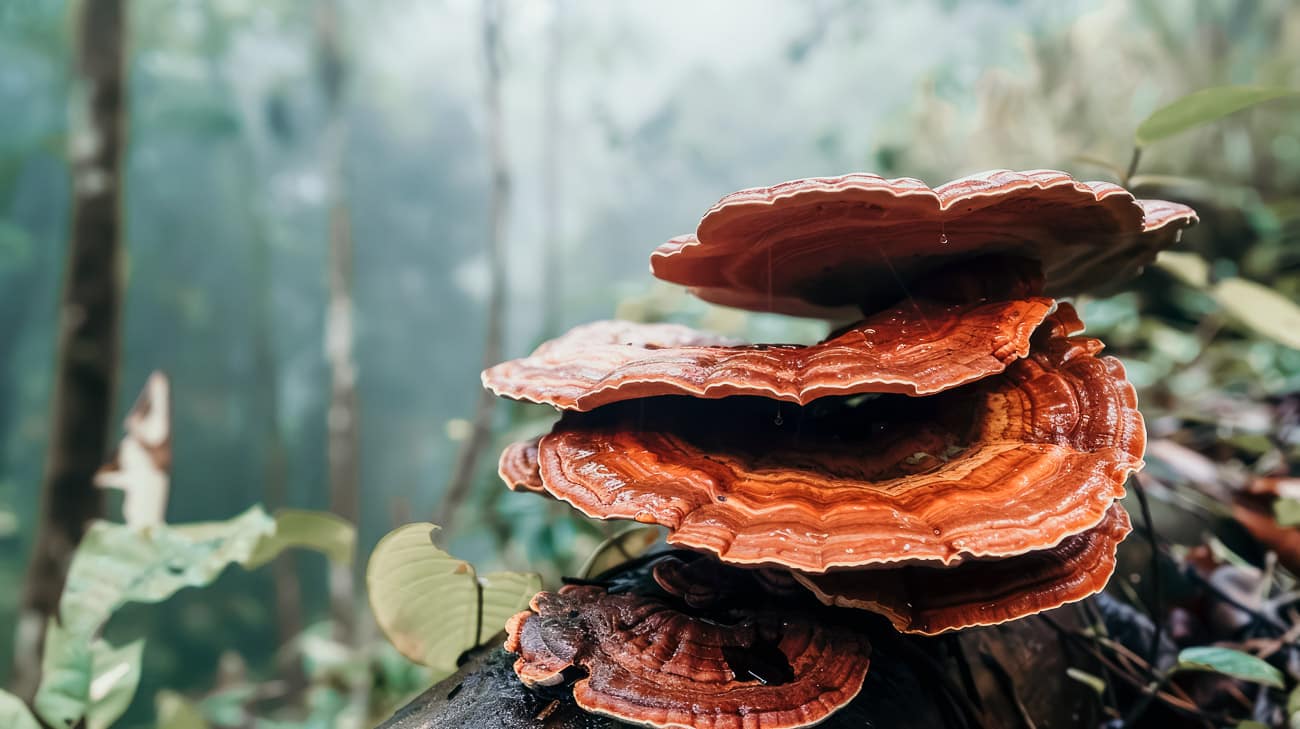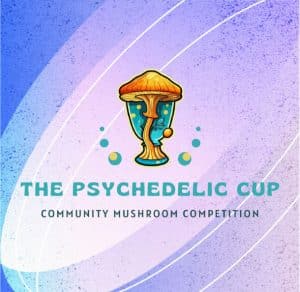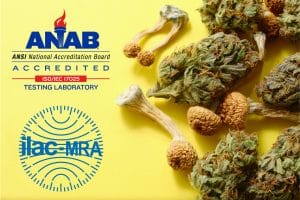Mushroom growers are always looking for ways to improve their flushes, and one area of interest is testing on their mushrooms. Whether growing is for research or personal use, valuable information is found in data. But can labs test for these compounds?
What is the process of testing?
Functional and psychedelic compounds found in mushrooms have been used to treat a variety of medical ailments. In order to accurately analyze the desired compounds, scientists begin the process by testing samples through a variety of methods.
The first method that comes to mind is High-Performance Liquid Chromatography (HPLC).
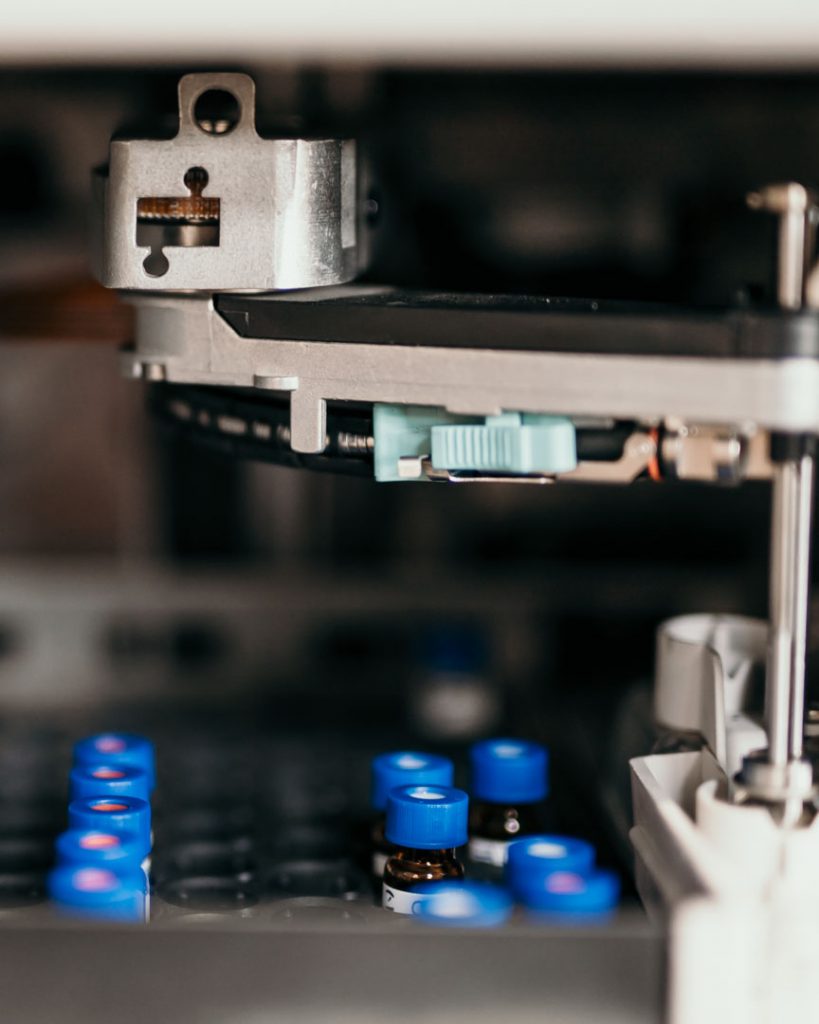
This rigorous testing process confirms the potency of any given sample and is commonly used in many applications such as cannabis testing. These sensitive instruments are able to detect even the smallest concentrations of compounds. As mushroom pharmacology continues to expand, testing is a crucial step towards unlocking the full potential of these ancient fungi especially when the compounds may be very low in concentration.
But how do you know the sample wasn’t simply applied with a dose of extracted active ingredient? This is where gene sequencing comes into play.
How does it work?
HPLC, gene sequencing, and the use of standards and reference materials are techniques commonly used by labs to test for the presence of various compounds and identify strains of mushrooms and contaminants.
HPLC is used to separate compounds within a solvent and identify individual constituents via their ultraviolet absorption spectra or pKa values, both of which allow for precise measurements. These instruments are calibrated using standards or solutions with known concentrations.
Gene sequencing is a more modern method that involves extracting a known part of a sample’s DNA sequence and then running it through a DNA sequencing machine. More specifically, gene sequencing is the process of determining the order of nucleotides in a gene which allows for identification. Once the order of these nucleotides is known, the sequence can be matched up to other known sequences for identification purposes.
Standards and reference material are used to calibrate instrumentation and verify results. Both HPLC and gene sequencing require the use of standards and are essential for scientists working in the laboratory environment working to analyze the compounds within various mushroom species.
So, why is this important?
Testing for mushroom compounds is a beneficial process for both medical and recreational users. Identification of the active compounds in a given species allows for more precise dosing, enabling individuals to more consistently reap its therapeutic benefits. Furthermore, understanding of the entourage effect—how different compounds within a single species interact with each other to assist in absorption and attenuate effects and facilitates an even better experience. Lastly, testing can detect dangerous contaminants that may be present in wild mushrooms or commercially sold products that could pose serious threats to health. All things considered, testing mushroom compounds is an essential part of safe and effective consumption.
Okay, let’s talk specific compounds
Mushrooms have gained recognition as a potential source of therapeutic compounds. Psilocybin, psilocin, baeocystin, norbaeocystin, and aeruginascin are a few of the most popular mushroom compounds people test for when exploring the possibilities psilocybin mushrooms have to offer.
Psilocybin is the well-known compound responsible for producing psychedelic effects in an individual consuming it whereas psilocin is its active form. Basically, psilocybin breaks down into psilocin when consumed. Baeocystin acts as a mild psychedelic and can exist alongside psilocybin. Norbaeocystin is usually only present during careful cultivation of certain species of mushrooms but doesn’t act as a psychotropic compound. Finally, aeruginascin is known to be less potent than other psychedelic compounds but more reliable in providing relief from symptoms such as anxiety and depression.
However, these are just a few of the compounds known to be found in psychedelic mushrooms. As this field continues its renaissance one can only imagine what researchers and growers alike will find.
Finding the right lab
When it comes to choosing a lab to test for mushroom compounds, there are a few key things to keep in mind.
Communication is essential; make sure you can be in direct contact with the right people, and have a clear understanding of their testing capabilities.
Also, honesty should never be overlooked, as it goes a long way when comparing lab services. It is always helpful to find out about the lab’s reputation or use a lab you are familiar with so that you can trust them for consistent results and accurate testing of your samples.
Ultimately, by taking all these factors into consideration, you’ll be on your way to finding the perfect laboratory for your needs.
Summary: Psilocybin Mushroom Testing
Many people are surprised to learn that labs now exist which can test for the presence of various compounds in mushrooms. These tests can be extremely helpful, as they allow you to confirm the identity of a mushroom and also check for impurities and verify potency.
Additionally, testing can reveal valuable information about the possible health benefits of a given mushroom species. If you’re interested in learning more about the world of testing, we recommend starting with a few basic analyses to get an idea of what’s out there. Some of the most popular compounds people test for include psilocybin and psilocin as well as genetic confirmation. All three of these tests will allow for confidence if the purpose is ingestion.
When choosing a lab to work with, it’s important to consider factors such as price, turnaround time, and accuracy. We hope this article has been informative and that you’ll start testing your mushrooms today!
